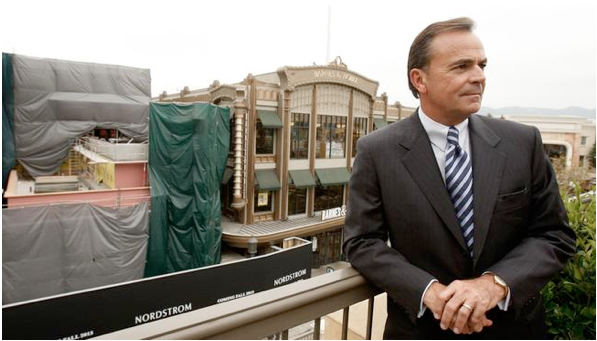City Hall Flashback: They’ve Always Lied about Affordable Housing!
EASTSIDER-I was reading an old special Issue of CityWatch (from July 2004, no less,) and guess what I found? The entire issue was devoted to affordable housing. Of course, back then, the issue was framed in the context of a proposed ordinance for Inclusionary Zoning. David Lowell described the matter of affordable housing as follows:
“Leading the City’s solution list is a controversial concept called inclusionary zoning, which, to simplify, requires developers who are building new apartments, condos and homes to include some affordable housing units, generally in return for certain incentive benefits like a break on density requirements or expedited permit processing.”
Sound familiar? Here’s the fascinating part: The City Council Motion for the Ordinance was made by none other than Ed Reyes (thank god, now termed out,) and our very own Mayor Eric Garcetti, then councilmember for the 13th District. That’s right, our clever, smooth talkin’ Mayor has been riding this train since 2004.
In fact, he and his buddy Jose Huizar (who replaced Ed Reyes on the PLUM Committee,) have both been milking this issue for bucks and power ever since -- even as they get a billion dollar bond measure through for their developer pals to build housing for the homeless. Because the truth of the matter is that for all of their work on the Inclusionary Zoning and other planning changes, there is less affordable housing than before, more people have lost their rent-controlled housing than before, and the housing that is billed as “affordable” is not in fact affordable.
This is separate from a companion issue of the Council carefully looking the other way as many people in rent-controlled housing were inspected, rejected, ejected and just plain dumped on the street, so that politicians’ developer buddies could build, build, build.
I have painful, personal memories of all of these shenanigans. Reyes and Garcetti decided to lock up land in Northeast LA through a series of “Interim Control Ordinances,” “Community Design Overlays,” and other indecipherable bureaucratic gobbledygook which really meant that no one was going to build anything unless and until they had the personal blessing of Reyes and Garcetti. And of course those blessings came with height variances, setback variances, glossing over density requirements, last minute plan changes, and even quick build expedites – all, generally, in the name of providing a few affordable housing units. Sometimes, even the PLUM Committee and the Planning Commission looked vaguely embarrassed as they toed the party line over any and all protests.
In late July of 2016, CityWatch contributor Dick Platkin wrote a very telling article, “Getting Developers to Build Affordable Housing...Like Getting Blood From a Stone.”
There were two important points in his piece. First, regarding any increase in affordable housing, he noted that “...as hinted at in the value capture report, LA’s amalgam of existing housing programs barely produces any net gain in affordable housing. This is because many market housing projects have extensively eliminated existing affordable housing through relentless demolitions and evictions.”
The actual Value Capture Report can be found here.
As Mr. Platkin notes in a “you can’t get there from here” moment: “...the Council and its value capture ordinance cannot avoid the essence of their conundrum: the need of developers to maximize profits from their real estate investments. The greater the City’s affordable housing requirement, the lower the resulting private investment and number of affordable units.”
There you have it. The math of the reality that there isn’t much affordable housing in the City of Los Angeles. There wasn’t in 2004, there wasn’t in 2006, and there sure isn’t in 2017. As I noted in an earlier CW article, the City Council and the Mayor have been avoiding this truth as far back as 2006 when they tried to pass a big bucks affordable housing (Measure H.)
The Takeaway
It seems pretty clear to everyone from the LA Times to the Neighborhood Councils that developers own our Mayor and the City Council -- the PLUM Committee, the Planning Commission, and the Planning Department are all no more than an afterthought to the relentless destruction of our neighborhoods and our City itself. Where the communities have been able to generate the funds to challenge these developments in court, the City has lost most of the cases. But who has the resources to sue our own government all of the time?
With virtually no opposition to re-electing the Mayor and the City Attorney, not to mention most of the City Council incumbants on the ballot in March, it is highly unlikely that anything will change, absent some outside force.
Fortunately, such a force will be on the ballot in March -- Measure S, the Coalition to Preserve LA backed initiative, headed by Jill Stewart.
I urge everyone to go to their website, read the summary of the initiative, the FAQs, and think for yourselves. If you live in or near a community which has had any of these outrageous projects foisted on you or your friends, if you read CityWatch, if you are in a Neighborhood Council, if you can’t afford rent -- in short, everyone outside of City Hall -- please take the time. You can bet that literally millions of developer and lobbyist dollars will be flooding in to stop this measure.
For me two key provisions of Measure S tell it all. First, there is a two year moratorium on “spot zoning,” the favorite method of the City Council to throw out all of the planning rules for well-heeled developers. It would actually impact something like 5% of development projects. Second, and just as important, it would require the City Council to create a real General Plan and updated Community Plans, to reflect our City of 2017, not the LA of the 80s -- the last time the City paid any attention to the law.
Hold Neighborhood Council meetings to discuss the measure. Get people involved. Remember, this is not a herculean task. Something like 10% or less of registered voters actually vote in these municipal elections. It therefore doesn’t take a huge shift in numbers to actually make a difference.
If there is any lesson to be garnered from our recent Presidential election, it is that a relatively small difference in voter turnout, at the margins, can produce a huge change.
So I say, go for it!
(Tony Butka is an Eastside community activist, who has served on a neighborhood council, has a background in government and is a contributor to CityWatch.) Edited for CityWatch by Linda Abrams.


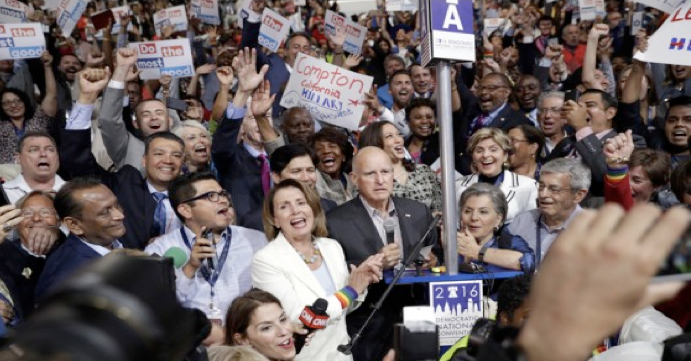
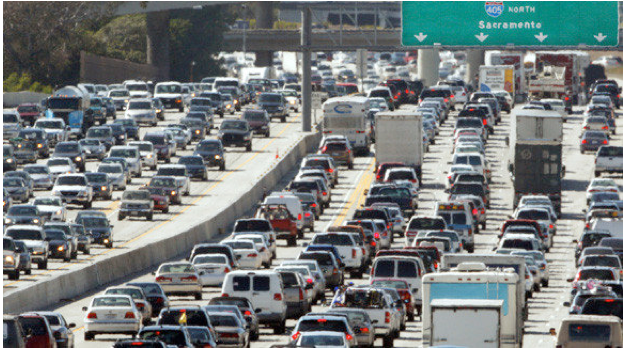

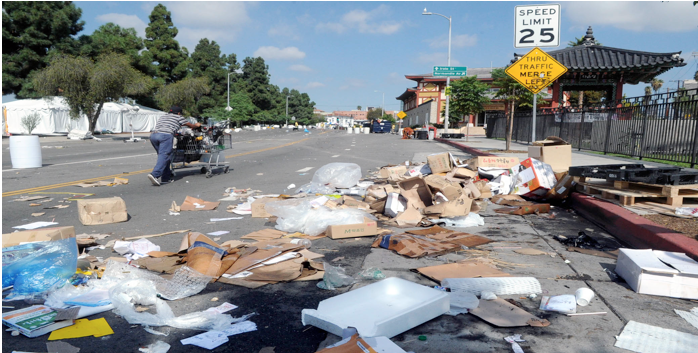





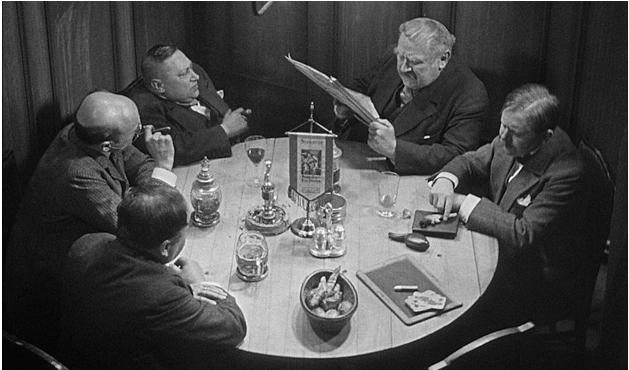



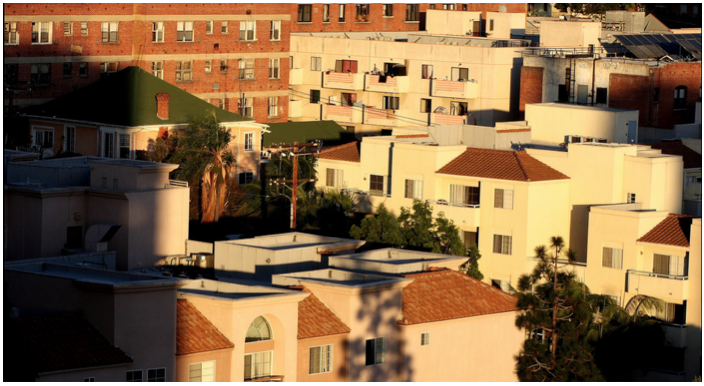

 Then we received this notice announcing the City of Los Angeles’ gifting of delicious,
Then we received this notice announcing the City of Los Angeles’ gifting of delicious, 
